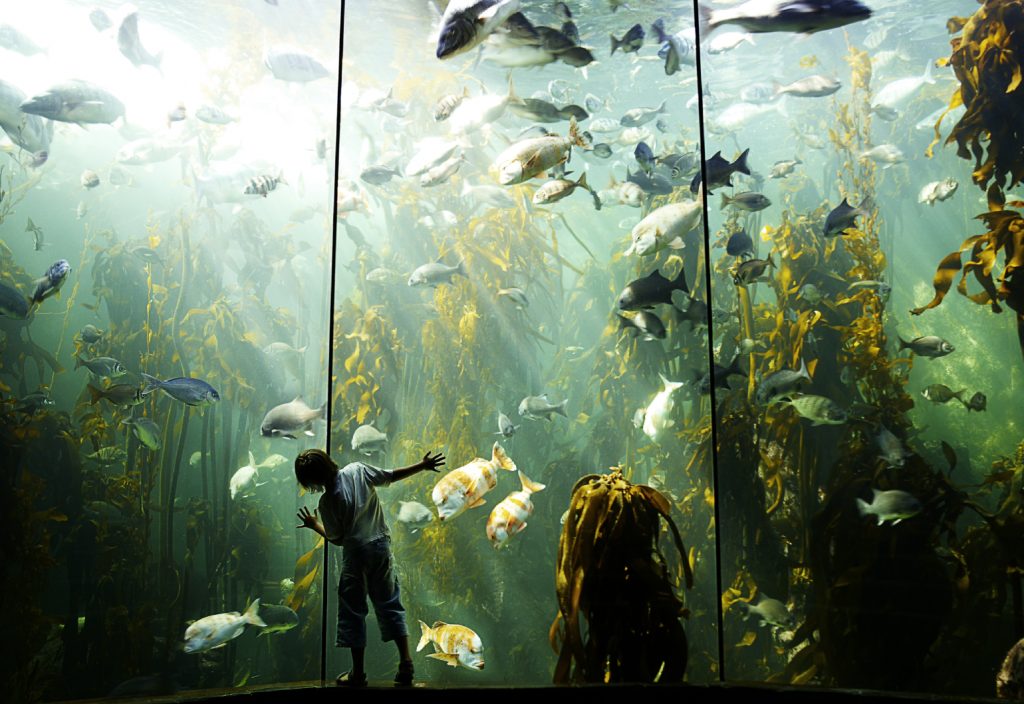Animal exhibits exist to bring wildlife closer to us, but the engineering involved in constructing these habitats is anything but primal.
Human factors are an important component of many engineering roles, but for others, animal factors become the priority.
Working at a zoo or aquarium is a incredible experience for understanding engineering practices that are outside your normal discipline, said Guy Dugdale, Technical Operations Facilities and Maintenance Manager at Townsville’s Reef HQ, the world’s largest living coral reef aquarium.
“This includes honing skills in fault diagnosis and conducting root-cause analysis when things may break down,” he said.
“The outcome informs you about the asset maintenance and equipment selection processes which help to eliminate or mitigate future unplanned breakdowns.
“Much of the equipment installed is critical for life-support systems, so you need to understand the criticality of that equipment and operation similar to a hospital scenario when it comes to getting critical equipment back online.”
This level of importance doesn’t only apply to aquatic installations.
“Engineers often provide crucial support for animals living at Melbourne Zoo, even if it is indirect, making a real difference to their care, ensuring stimulation and behavioural opportunities,” said Melbourne Zoo Project Manager Ryan McDonough.
“When their habitats are designed, we work closely with the life science managers, keepers and biologists to create habitats that allow the species to thrive in the zoo, while replicating their ideal wild habitats as closely as possible.”
McDonough gives the example of the Amphibian Bushfire Recovery Centre. The $500,000 biosecure facility was designed to house three Victorian frog species that were left critically endangered after the 2019–2020 Black Summer bushfires destroyed large swathes of their natural habitats.
“This facility requires contingency on all systems, including its negative pressure climate control system, which is programmed to replicate the weather from the species’ natural habitat,” he said.
Maximum flexibility is essential in engineering solutions in a zoo, especially for founder species for a breeding program, where McDonough said he prioritises recreating optimal breeding conditions. This often requires trialling different climates and soundscapes.
For Dugdale, the challenges at an aquarium will sound familiar to all engineers.
“Matching client expectations with budgets: clients want a new aquarium to be capable of doing everything until the cost is realised. The final constructed facility may need to concede from original expectations — reduced floor area, equipment and functionality — to bring the project within budget,” he said.
“Marshalling the requirements of a multitude of stakeholders into one coherent design brief is also challenging.
“The Reef Authority has multiple internal and external stakeholders, so striking the right balance to ensure each stakeholder has their needs addressed in a new facility is important as it is difficult to satisfy every stakeholder’s requirements completely.”
Jacks of all trades
In addition to playing a key role in the design of new exhibits (which involves blending a range of international standards for animal husbandry, safety requirements for staff and visitors, and practicality considerations for maintaining the exhibits), the daily tasks in a zoo or aquarium encourage a jack-of-all-trades approach.
Dugdale’s responsibilities at Reef HQ include monitoring and responding to alarms generated by the building management system (BMS), which monitors the amount of water moving around the facility, the level and temperature of water in the exhibits, and the HVAC that controls the chilled or heated water in exhibits.
“Ground truthing the equipment is another daily requirement. Walk-arounds are conducted to ensure the BMS is reporting information consistently.
“I’m also planning maintenance, repair or equipment changeover tasks and responding to any breakdowns and introducing mitigation strategies for any unplanned events which may occur. Salt water is continually aspirating from the equipment, creating corrosion and equipment-life issues,” he said.
For McDonough, it’s also a matter of continuously enriching the animals’ environments and promoting natural behaviours.
“Previously, we’ve installed climbing towers, created a wave pool and trialled automated feeders,” he said.
“Melbourne Zoo has been operating for more than 160 years and parts of it are heritage listed, so that fact coupled with welcoming 1.5 million visitors a year means there is continuous assessment of the facilities, including animal habitats, general infrastructure and heritage-listed buildings.”
Rewarding Work
Though their roles are complex, both Dugdale and McDonough find their jobs fulfilling.
“Moving from commercial work to conservation work has been the most rewarding career change I’ve made,” McDonough said.
“There is nothing better than seeing an animal thriving and displaying natural behaviours in their environment, knowing you helped to create that space for them.”
“And the view from the office is always awesome,” Dugdale said.
